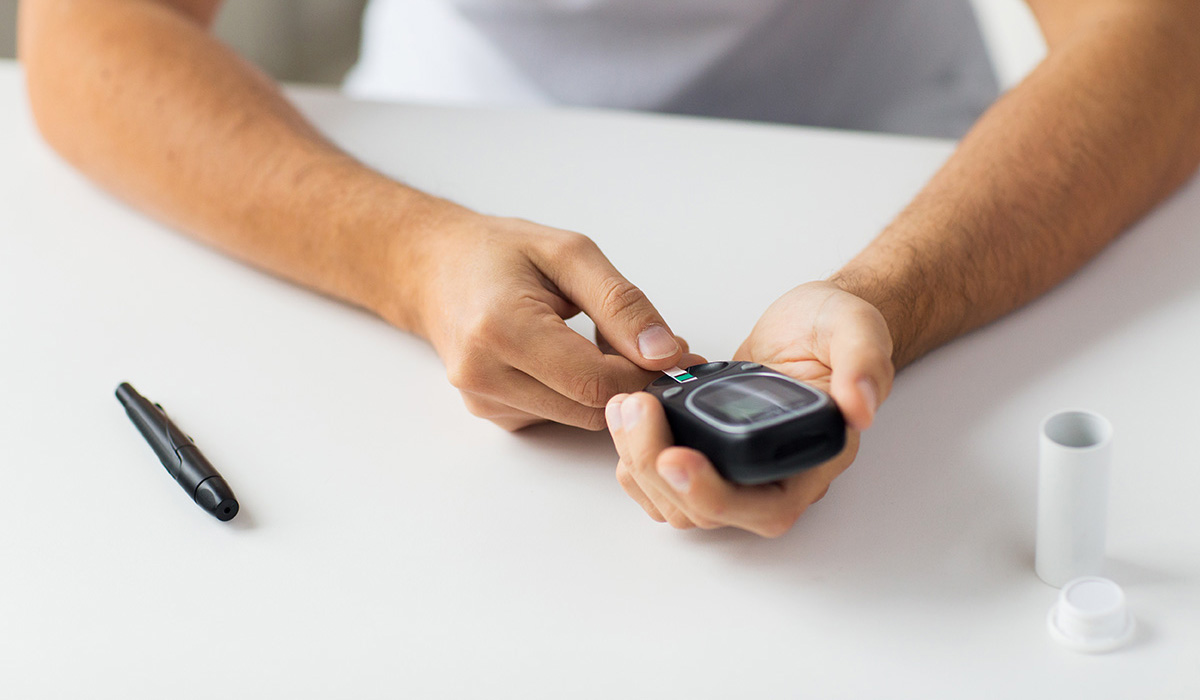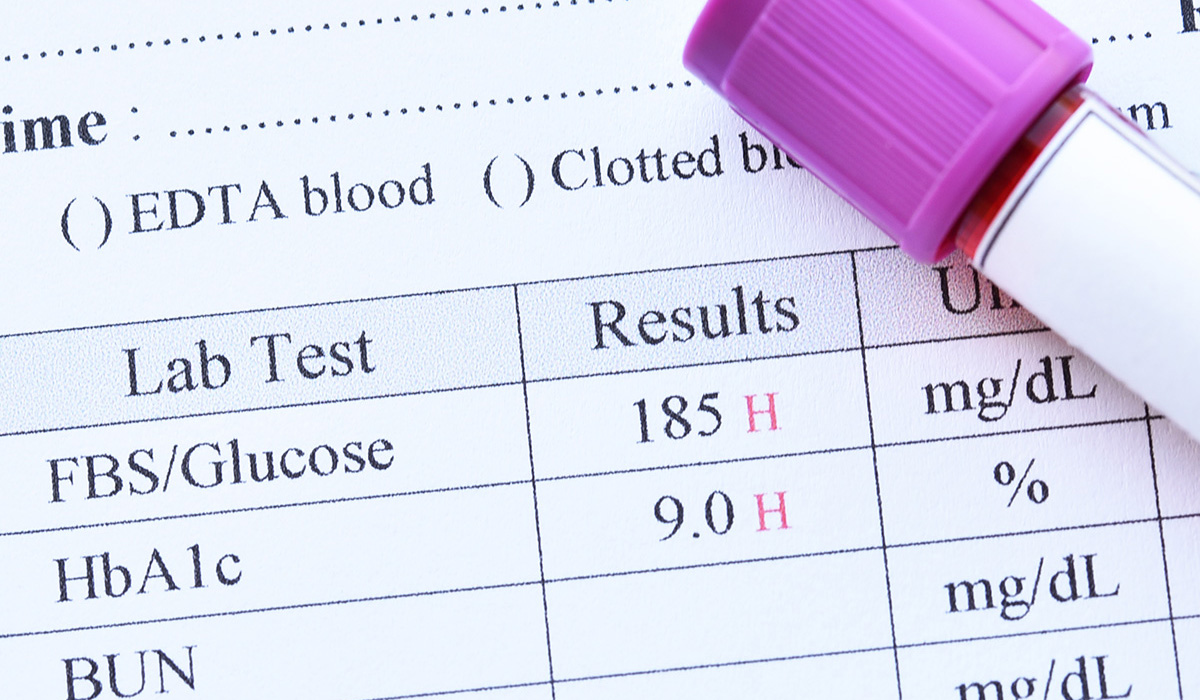September 2024
You may have heard increasing talk about prediabetes in the news. But what exactly is it? And should you be worried about it?
Before people develop type 2 diabetes, they almost always have “prediabetes” – that is, blood-glucose levels that are higher than normal but not yet high enough to be diagnosed as diabetes.
Doctors sometimes refer to prediabetes as impaired glucose tolerance (IGT) or impaired fasting glucose (IFG), depending on what test was used when it was detected. In either case, this means that your body
isn’t able to process the glucose you eat as fast or efficiently as it should.
Why prediabetes is a problem
This condition puts you at a higher risk for developing type 2 diabetes and cardiovascular disease.
Roughly one out of four people with prediabetes will develop type 2 diabetes within five years — and about 70% will develop the disease during their lifetime.
Your risk of cardiovascular complications (like heart disease and stroke) are higher if you have type 2 diabetes. But the CDC reports that people with prediabetes are also at elevated risk of these complications.
Symptoms of prediabetes
People with prediabetes may not experience any clear symptoms of the disease, so you may have it and not know it.
However, the American Diabetes Association notes that some people with prediabetes may have some of the symptoms of type 2 diabetes.
These include:
- Needing to urinate frequently
- Feeling extremely thirsty
- Feeling very hungry—even though you’re eating enough
- Extreme fatigue
- Blurry vision
- Having cuts or bruises that heal slowly
- Pain, tingling, or numbness in your feet or hands
If you have any of these symptoms and haven’t been screened for diabetes, talk to your doctor about getting tested. In addition, keep in mind that people with prediabetes or diabetes are more likely to experience cardiovascular problems — like heart disease and stroke. So, if you have been diagnosed with a new cardiovascular condition, ask your doctor if you should get screened for diabetes. (The same tests that screen for diabetes also screen for prediabetes.)
Who is at risk for developing prediabetes?
According to the American Medical Association, you’re at risk of developing prediabetes if you:
- Are 45+ years old
- Are overweight or obese
- Have a family history of type 2 diabetes
- Have high blood pressure
- Exercise less than three times each week
- Have a history of gestational diabetes (that is, you had diabetes when pregnant)
- Have ever given birth to a baby weighing more than nine pounds
Testing for prediabetes
You usually find out that you have prediabetes when being tested for diabetes. That’s because the tests that screen for prediabetes and diabetes are the same.
The three main tests that screen for prediabetes and diabetes are:
- A1C. This blood test gives you an average of your blood sugar level over the past two to three months.
- Fasting blood glucose. You fast (typically overnight) and then have your blood drawn — and your blood glucose level tested — before you eat again. Your healthcare provider will let you know how long you need to fast for.
- Oral glucose tolerance test (OGTT). With this test, you start by fasting and then having your blood drawn to establish your fasting blood glucose level. Then you drink a sugary drink with a known amount of sugar. Your blood is drawn again after two hours to see how well your body has processed the glucose in the drink.
Diagnosing prediabetes and diabetes
According to the American Diabetes Association, here are the results that lead to a diagnosis of prediabetes or diabetes:
Results indicating prediabetes are:
- An A1C of 5.7% to 6.4%
- Fasting blood glucose of 100 to 125 mg/dl
- An OGTT 2-hour blood glucose of 140 mg/dl to 199 mg/dl
Results indicating diabetes are:
- An A1C greater than 6.4%
- Fasting blood glucose of 126 mg/dl or higher.
- An OGTT 2-hour blood glucose of 200 mg/dl or higher.
If you have prediabetes, you should be checked for type 2 diabetes every one to two years.
Preventing the progression of prediabetes
The first step in preventing progression of prediabetes to diabetes is knowing that you have prediabetes. Wondering if you’re at higher risk for prediabetes? Take this quick online Prediabetes Screening Test to find out.
The good news is that, with healthy lifestyle changes, you may be able to prevent the onset of diabetes — or even reverse prediabetes. Lifestyle changes include eating a healthy diet, engaging in at least 150 minutes per week of moderate exercise, and losing weight (if you’re overweight).
Learn more about lifestyle changes that can help reverse prediabetes.



